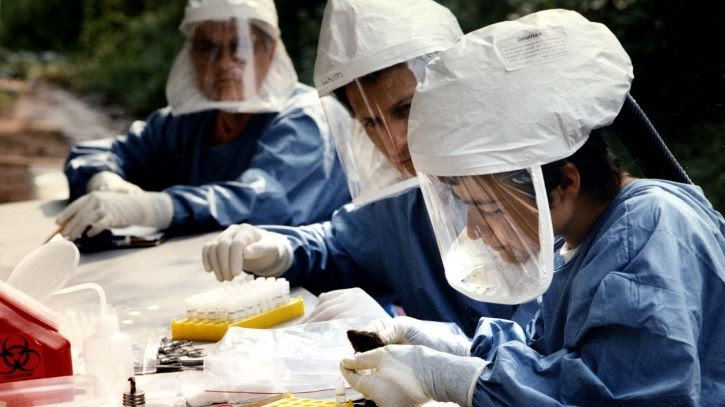
LOCAL
Suspected coronavirus cases in Minnesota test negative
Last week, the Minnesota Department of Health (MDH) asked doctors to alert them to any patients showing respiratory symptoms or fevers who had recent travels to the Wuhan region in China, the epicenter of a large outbreak of novel coronavirus. By Friday, two suspected cases in the state were reported.
Both patients received medical attention but didn’t need hospitalization and were isolated at home. “We’ve identified their contacts, and so we’re beginning to follow up with those individuals to see if they have symptoms of illness and to limit their activities” as needed, said Kris Ehresmann on Friday, the MDH infectious disease program director. She emphasized that average Minnesotans aren’t at risk unless they recently traveled to Wuhan, the center of the outbreak, or were around such a traveler who is now ill. “The likelihood that your symptoms have anything to do with this novel coronavirus are exceptionally low,” she said. “You should be thinking about influenza and the common cold.” On Monday, MDH announced tests from both cases were negative for the novel coronavirus.
Minneapolis-St. Paul International Airport has no direct flights to or from China. That likely drops the risk of anyone with coronavirus making their way through the airport. Nonetheless, they are in contact with health officials. In addition, there is permanent CDC quarantine station at terminal one which could provide further help should the need arise.
Star Tribune
KARE 11
NATIONAL
More cases confirmed in U.S.
On Sunday, The Centers for Disease Control and Prevention (CDC) released a statement that there have been five cases in the U.S. confirmed across four states, Arizona, California, Illinois, and Washington, all stemming from travel to the Wuhan region. Teams are investigating where the patients may have traveled after arriving back in the U.S. and potential people contacts to monitor.
The statement said it is “likely” that more cases will be detected and that person to person transmission will occur. The virus likely originated in an animal before crossing over to humans. They reiterated, however, that the immediate overall risk to the public remain low.
As of Sunday, the CDC had received around 100 samples for testing from 26 states. The CDC reported five positives and 25 negatives; the rest are pending. Once at the lab in Atlanta, where all U.S. testing is taking place, a sample takes 4 to 6 hours to test.
CDC
NBC News
INTERNATIONAL
China continues to step up response efforts
The death toll from the novel coronavirus virus in mainland China was 106 as of Tuesday, health commission officials said. The total number of confirmed cases in China is at 4,515.
Wide travel restrictions have been put into place in the Hubei province where Wuhan is located, and residents were banned from entering Hong Kong. On Monday, during a visit to Wuhan, Chinese Premier Li Keqiang said he will “inspect and direct” efforts to control the virus outbreak and promised reinforcements. Local authorities face accusations from the public of failing to respond effectively. According to Premier Li, 2,500 more medical workers were slated to arrive in the next two days.
The World Health Organization (WHO) has so far stopped short of calling the outbreak a global health emergency, but there is concern by some health experts on whether China can contain the outbreak. WHO Director-General Tedros Adhanom Ghebreyesus traveled to China this weekend “to understand the latest developments & strengthen our partnership with China in providing further protection against the outbreak,” according to his Twitter.
Reuters: China sure of slaying 'devil' virus
Reuters: China pledges medical reinforcements
